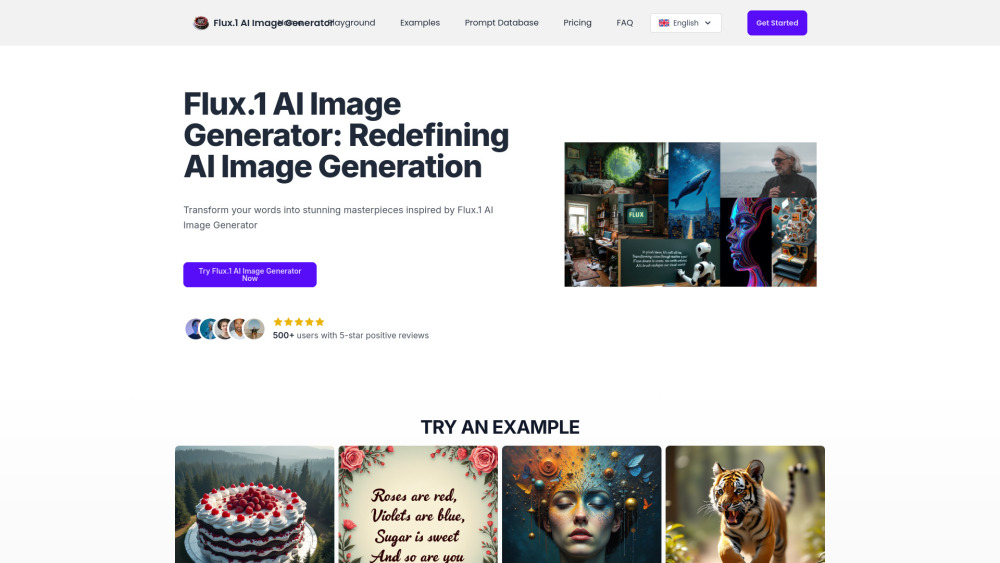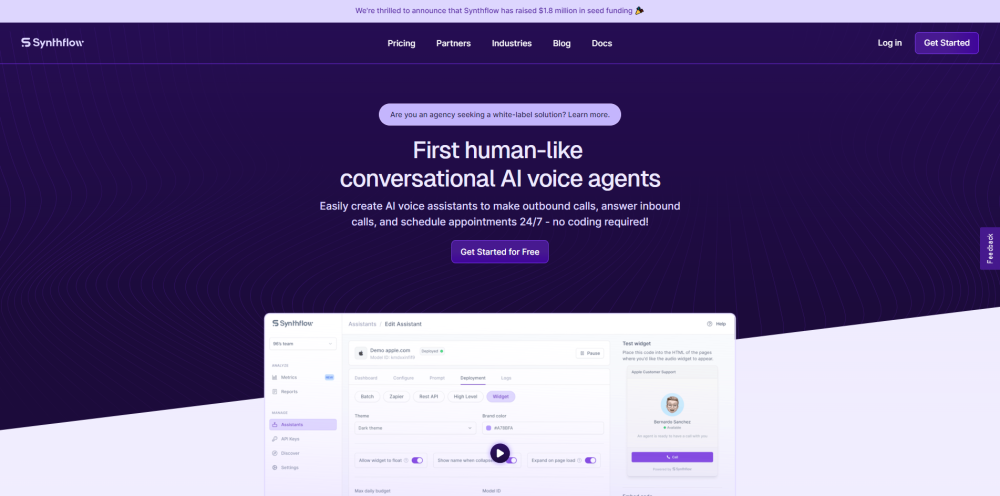Artificial neural networks (ANNs) have laid the groundwork for the advancement of artificial intelligence (AI), significantly enhancing human intelligence and capabilities. On October 8, 2024, the Royal Swedish Academy of Sciences awarded the Nobel Prize in Physics to John J. Hopfield and Geoffrey E. Hinton for their foundational discoveries and inventions in machine learning through ANNs. These two pioneering scientists have made substantial contributions to AI, which has become increasingly familiar in today's world.
Hopfield's major contribution was the development of a type of associative memory that can store and reconstruct images and other data patterns. Hinton, on the other hand, invented a method that autonomously identifies properties within data, enabling tasks such as recognizing specific elements in images. According to the Nobel Prize committee chair Allan M. Hunsaker, while AI might not seem an obvious contender for the Nobel Prize in Physics, the discovery of learning-capable neural networks is closely related to physics. "These artificial neural networks have been used to advance research across various physics disciplines, including particle physics, materials science, and astrophysics."
Expanding Human Intelligence and Abilities
In the 1980s, Hopfield developed a network to preserve and recreate patterns, akin to energy in physical spin systems. This was achieved by training the network through connections between nodes, which represent pixels. When the network receives a distorted or incomplete image, it systematically updates the values of these nodes to find the most similar saved image. Hinton utilized Hopfield networks alongside physical tools, like the Boltzmann machine, to help identify key features in given data types. Through examples, Hinton trained machines to recognize specific attributes, allowing the Boltzmann machine to classify images or create training patterns.
The inspiration behind Hopfield and Hinton's creations was the human brain, where neurons form a complex, highly interconnected network capable of sending bioelectric signals to process intricate information. ANNs consist of artificial neurons working collaboratively to solve problems. In essence, ANNs teach computers to process data in a manner akin to human cognition. This machine learning process—often referred to as deep learning—mirrors the interconnected nodes or neurons in the brain's layered structure, enabling the creation of adaptive systems that learn from errors and improve over time.
Large Language Models (LLMs), which have gained renowned recognition, are massive deep learning models trained on vast datasets. At their core, these models utilize a set of neural networks that include encoders and decoders equipped with self-attention mechanisms. These components extract meaning from sequences of text, discerning relationships among words and phrases as well as grammatical structures. OpenAI's GPT series exemplifies a leading LLM.
Wide-Ranging Applications of Artificial Neural Networks
ANNs extend beyond data processing; they enhance cognitive functions for millions of people. They facilitate induction and reasoning, contributing to informed decision-making by learning the complex relationships between nonlinear input and output data. Their capabilities span a variety of tasks, including diagnosing conditions through medical image classification, targeting marketing through social media and behavioral data analysis, and making financial predictions based on historical data. Furthermore, ANNs exhibit computer vision, allowing them to extract information from images and videos for decision-making purposes.
With the aid of ANNs, computers can distinguish and identify images similar to human perception, leading to applications in various fields. For instance, in autonomous vehicles, they empower visual recognition systems to identify road signs and other users. They are also utilized for content moderation, automatically filtering unsafe or inappropriate content from image and video archives. Additionally, ANNs are instrumental in facial recognition for security purposes and can reproduce specific tones, accents, and speech patterns of individuals, including public figures—an aspect that, unfortunately, can also facilitate fraud.
In summary, artificial neural networks are foundational to machine learning, making modern AI feasible. They enhance, deepen, and extend human capabilities, approaching the limits of human potential, thereby uplifting economies and civilizations to create a better society. The awarding of the 2024 Nobel Prize in Physics for these groundbreaking discoveries is truly insightful recognition.




